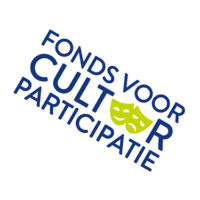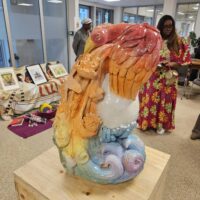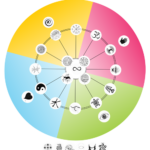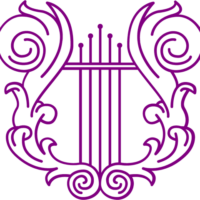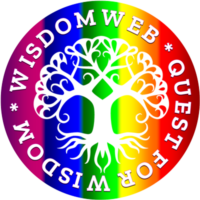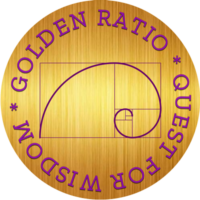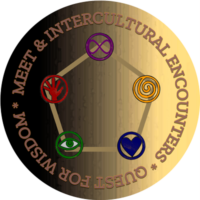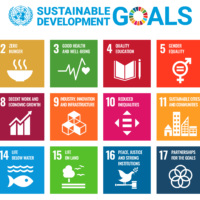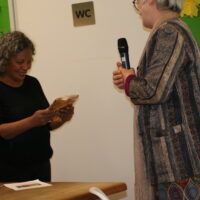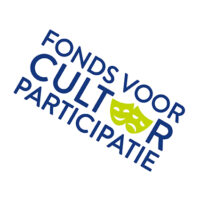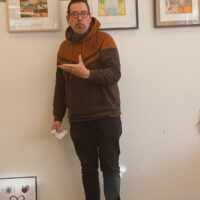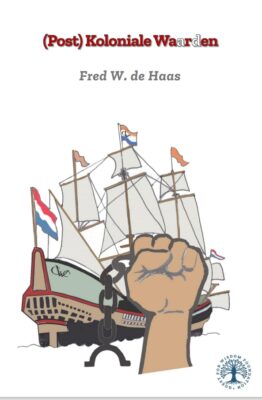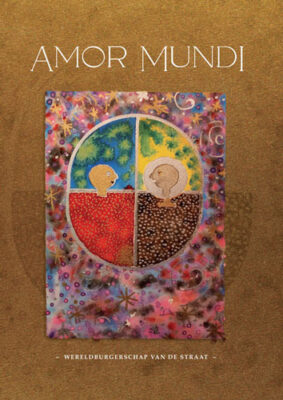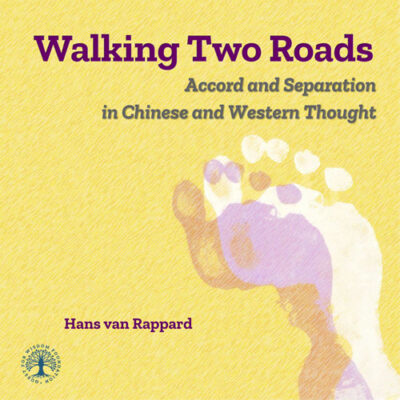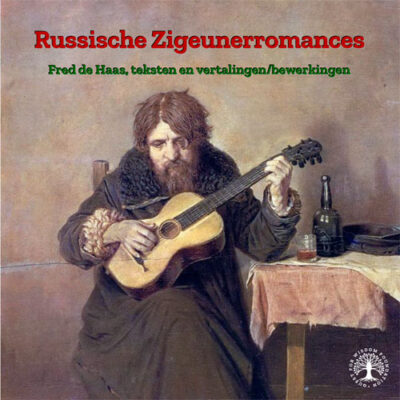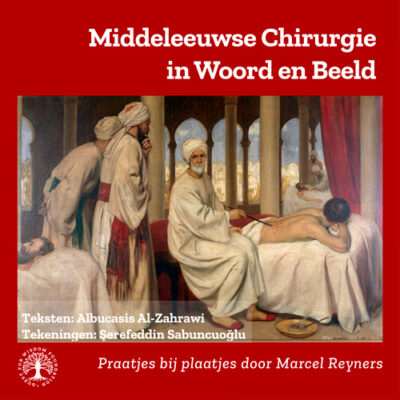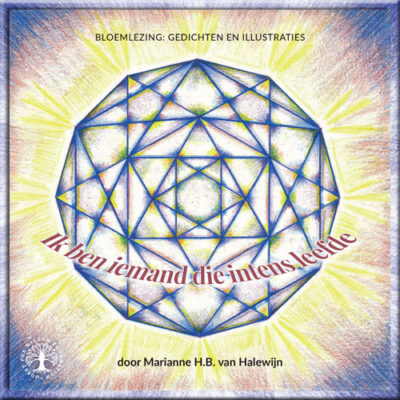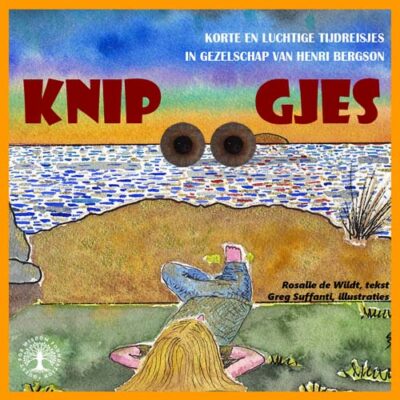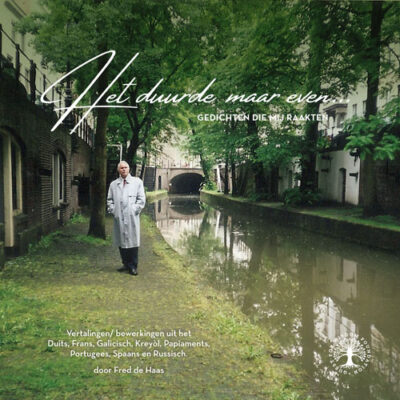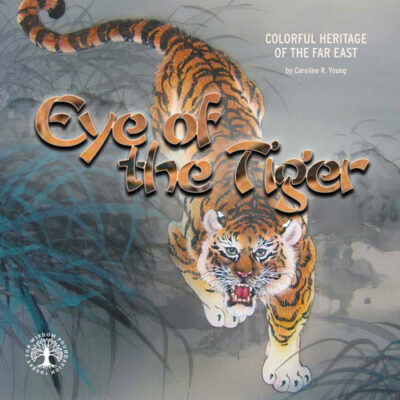Soul-Circle Meetings
Amor Fati Interplay around Seven Life theme’s
Soul Circle I:
Programme: Arts Dialogues Guidance around the Amor Fati board-game!
-
- Who: QfWf-Soul Circle and the participants of the Amor Fati try out
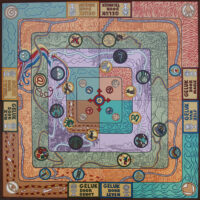
- Practical info: The intercultural enriched board-game
- Dates: starting Friday 29 august 2025
- Time: from 10.00 to 14.30
- Location: Quest routing
- Requests: info@questforwisdom.org
- Free for: the QfWf-Soul Circle en QfWf-friends, who have experience with the Amor Fati board-game
- Kosten: please donate to the Quest for wisdom foundation to become a ‘friend’ for € 45,= per year on bank account IBAN NL14TRIO0777827654 of the Quest for wisdom foundation in Weesp.
- Info: Playful Wisdom for the Cosmopolis…: in seven playing rounds/ life themes Authenticity – Intercultural Bildung, Happiness and Tragedy, Crises and the Strange Other, Finding your Destination.
- Who: QfWf-Soul Circle and the participants of the Amor Fati try out
Soul Circle II
Programma: Arts Dialogues around a board game: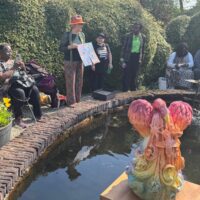
- Introduction of the play round and chapter of the book Amor Fati by Heidi Muijen
- A creative interplay with the Soul Circle towards an artistic expression of the Amor Fati-life theme
- Arts Dialogues on how this theme provides a foundation for world citizenship
- Who: QfWf-Soul-Circle
- Practical: Bi-monthly meetings starting from
- Date: Saturday 21 june 2025 around the theme:
How are you in your element? <> interplay with an elemental dance by Juanita Ho: Which elemental qualities ground practices of world citizenship?
The QfWf-Circle is welcome on the Seasonal Meetings:
Fall: 18 October 2025
Winter: 24 January 2026
Spring: 21 March 2026
Summer: 20 June 2026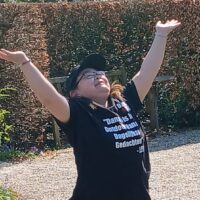
- Time: from 12.30 till 16.30 hours
- Location: Region Weesp-Amsterdam
- Entrance: apply to bestuur@questforwisdom.org
- Costs: please, become a ‘QfWf-friend’ by means of a donation and you will get the book Amor Fati as a welcome gift! If possible a € 45,= yearly donation on IBAN NL14TRIO0777827654 of the Quest for Wisdom foundation in Weesp.
The QfWf appreciates every donation from the heart! - Info: Interplay emerges between people ― in this way an Amor Fati is composed: one of the world games of the Quest for wisdom foundation
- Requests: info@questforwisdom.org
Soul-Circle Meetings Read More »
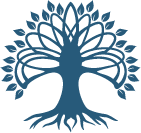
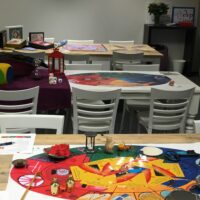
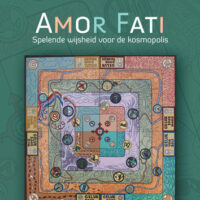
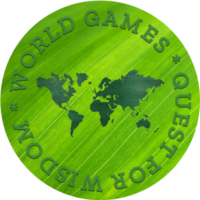
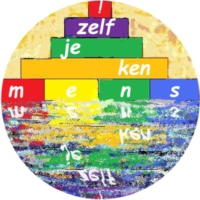

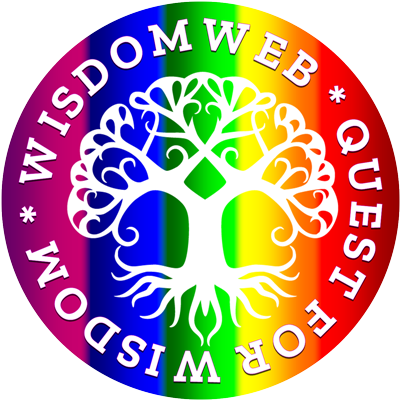
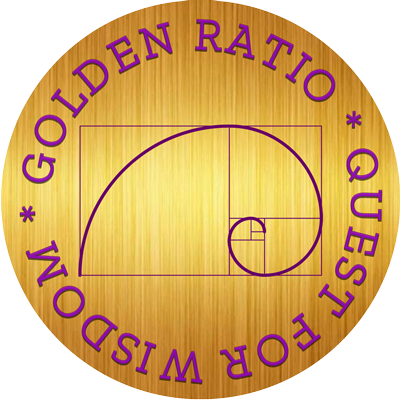
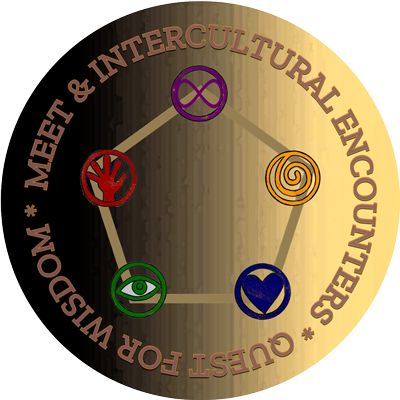
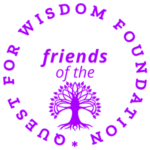
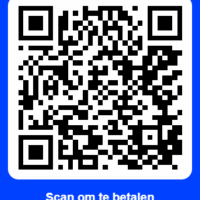
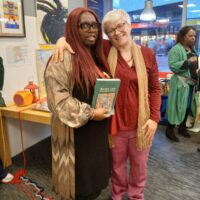


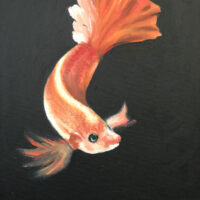
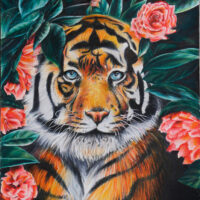
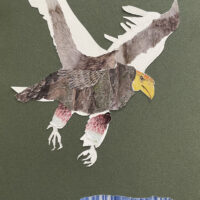
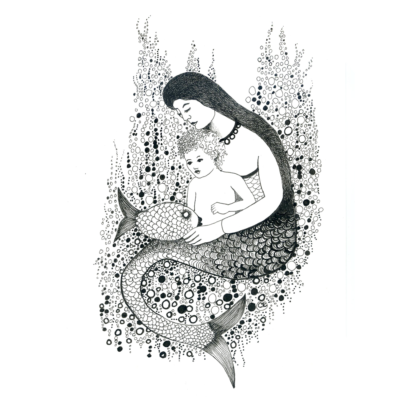
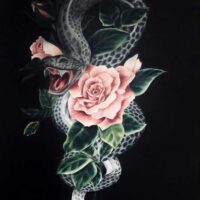

 With a subsidy from
With a subsidy from 
